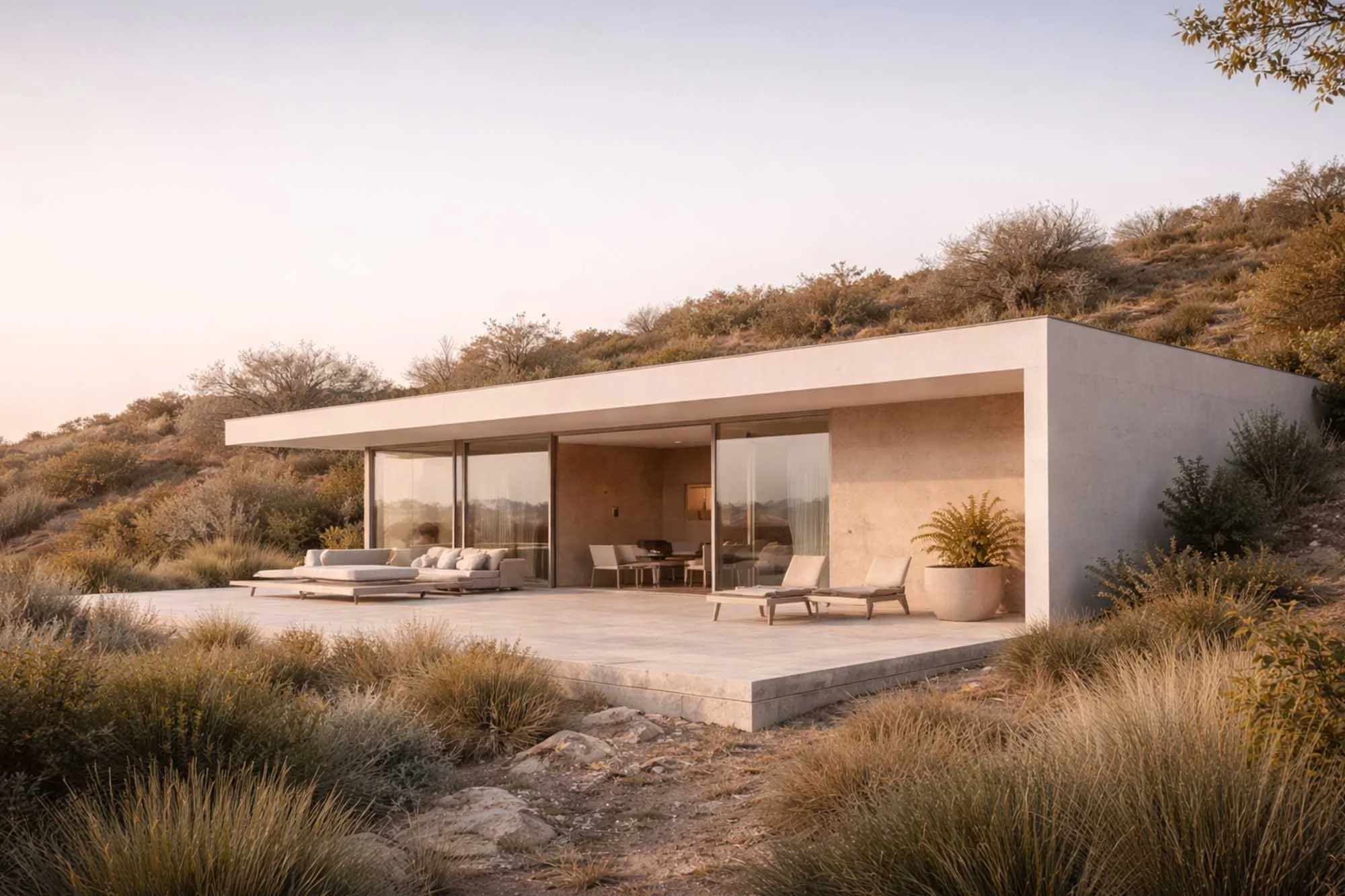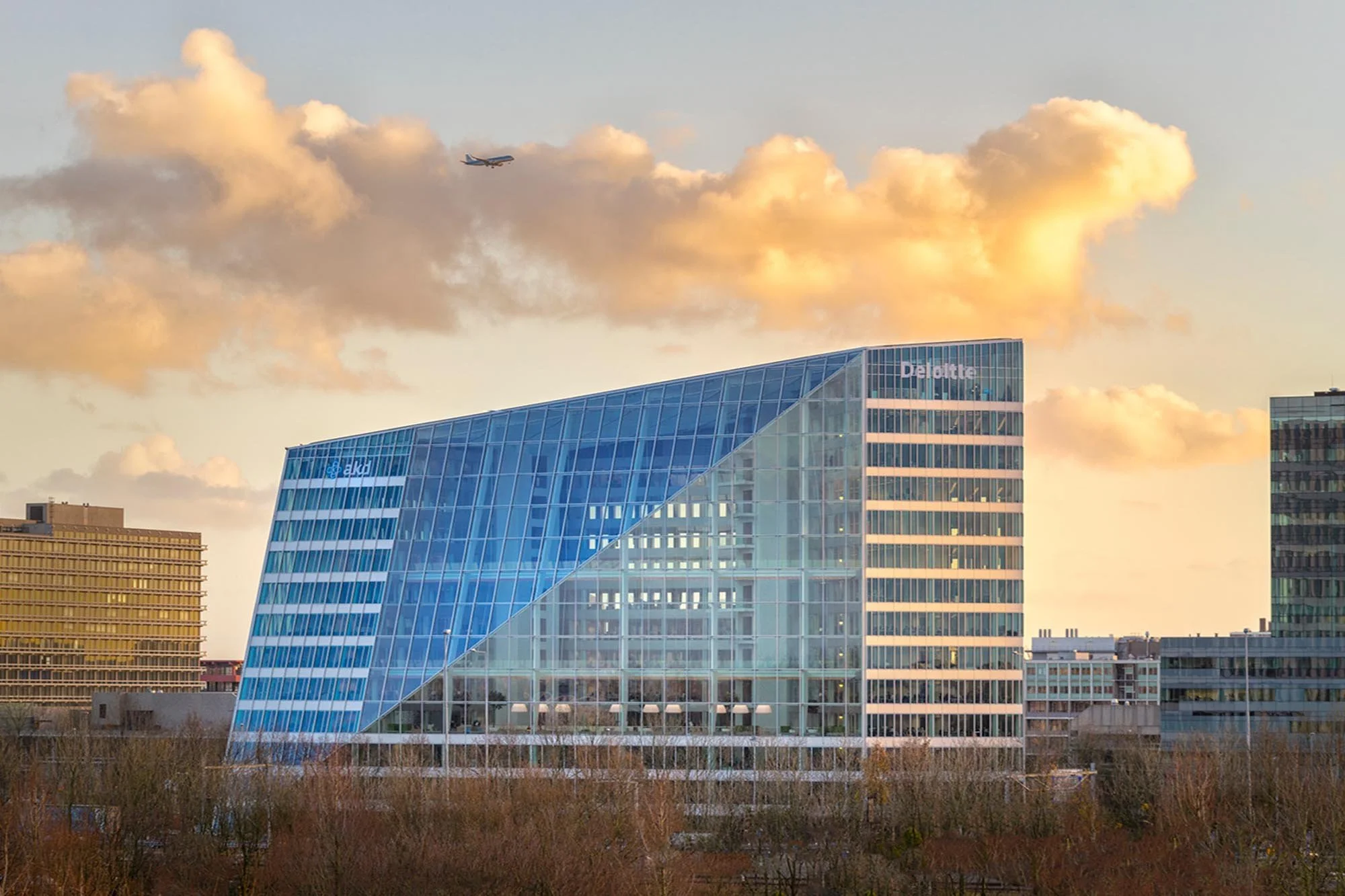Sustainable Architecture: Four Projects Shaping Tomorrow
Sustainable architecture focuses on designing buildings that reduce environmental impact while supporting long-term human use and ecological balance.
Across different regions, contemporary projects are redefining how architecture responds to climate, resource constraints, and urban density. Rather than treating sustainability as a technical layer applied after design decisions are made, these buildings integrate environmental responsibility directly into structure, material choice, and spatial organisation.
From vertical forests to highly efficient commercial buildings and landscape-integrated structures, sustainable architecture demonstrates how ecological performance and architectural quality can reinforce one another.
What Is Sustainable Architecture in 2025?
In 2025, sustainable architecture means more than just energy efficiency, it’s about designing buildings in harmony with the planet. The most forward-thinking architects now incorporate:
Low-impact & recycled materials (CLT, bio-concrete, algae-based finishes)
Circular design that enables buildings to be disassembled and reused
Smart energy systems with solar, geothermal, and AI-driven performance
Biophilic design that integrates nature into architecture
These trends are helping architects create net-zero and even regenerative buildings that improve the environment.
1. Bosco Verticale (Vertical Forest) – Milan, Italy
One of the most iconic examples of sustainable architecture is the Bosco Verticale or Vertical Forest in Milan. Designed by architect Stefano Boeri, this pair of residential towers is a true masterpiece of eco-friendly innovation. The towers are covered with over 9,000 trees, 5,000 shrubs, and 11,000 plants, making them an urban jungle in the heart of the city. This green design reduces air pollution, provides insulation, and creates natural habitats for wildlife in the city. The Bosco Verticale represents the future of urban living, blending architecture and nature seamlessly.
2. The Edge – Amsterdam, Netherlands
Dubbed the world’s greenest office building, The Edge in Amsterdam is a groundbreaking example of sustainable design. This office space is equipped with a state-of-the-art energy system that makes use of solar panels, geothermal energy, and intelligent lighting systems to minimize energy consumption. The building is designed to optimize the use of natural light, with large windows that reduce the need for artificial lighting. The use of smart technology ensures a low-carbon footprint while offering a comfortable and productive environment for its tenants.
Picture: The Edge
3. The Crystal – London, United Kingdom
Located in London’s Royal Victoria Docks, The Crystal is a striking example of sustainability in architecture. This state-of-the-art building is a center for urban sustainability and offers exhibitions and research on how cities can grow while minimizing environmental impact. It is powered by renewable energy, featuring solar panels and a rainwater harvesting system. The Crystal’s cutting-edge design includes smart building technologies, which monitor energy use and optimize indoor comfort while maintaining low energy consumption. It stands as a beacon for sustainable urban development.
Picture: Wilkinson Eyre Architects
4. The Eden Project – Cornwall, United Kingdom
The Eden Project in Cornwall, UK, is a remarkable example of how architecture can harmonize with the natural world. This environmental education center is housed in geodesic domes that house two giant biomes, each simulating different climates: tropical and Mediterranean. The design of the project utilizes renewable resources, including solar panels and a biomass heating system, to reduce its carbon footprint. The project’s success lies in its focus on sustainability, education, and environmental stewardship, serving as a global model for eco-conscious design.
Why Sustainable Architecture Matters
Sustainable architecture is most effective when environmental responsibility is treated as a design framework rather than a technical checklist. By considering climate, material life cycles, and human use together, buildings can support well-being while reducing long-term environmental impact.
Projects such as Bosco Verticale demonstrate how sustainability can shape form and spatial experience, reinforcing the idea that ecological performance and architectural quality can coexist.
Architecture Designed for Longevity
Sustainable architecture is defined not only by reduced environmental impact, but by how thoughtfully buildings respond to climate, context, and long-term use. When ecological responsibility is integrated into structure, materiality, and spatial organisation, sustainability becomes a core design principle rather than an added feature.
The projects explored here demonstrate that environmental performance and architectural quality can reinforce one another. By prioritising resilience, adaptability, and intelligent resource use, sustainable architecture moves beyond short-term efficiency toward buildings designed to endure — environmentally, culturally, and socially.
Key Takeaways
Sustainable architecture integrates environmental responsibility directly into design decisions.
Material choice, structure, and spatial planning shape long-term performance.
Buildings gain resilience when they respond to climate and context.
Architectural quality and sustainability are mutually reinforcing.
Longevity is a defining measure of successful sustainable design.





